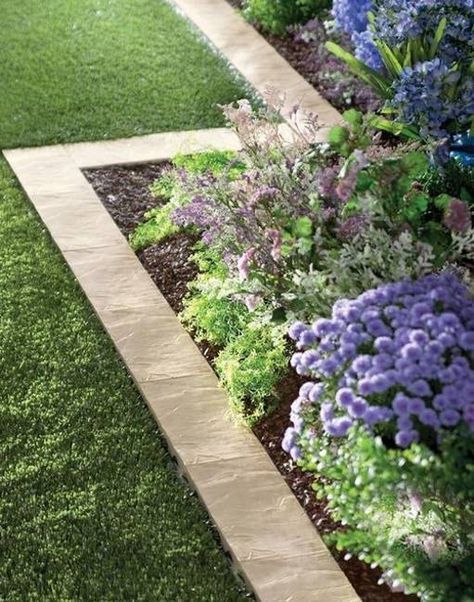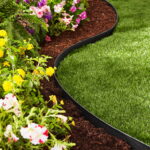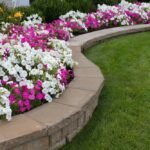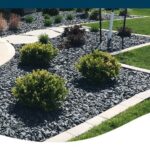Landscaping borders are an essential element in creating a well-designed, cohesive outdoor space. Whether used to define garden beds, pathways, or other areas in the yard, borders serve both functional and aesthetic purposes. From traditional options like edging stones and bricks to more modern choices like metal or plastic strips, there are various materials and styles to choose from when it comes to landscaping borders.
One of the primary functions of landscaping borders is to provide a clear delineation between different areas in the yard. By creating distinct edges, borders help to prevent plants from encroaching on pathways or lawns, protecting them from damage caused by foot traffic or lawn mowers. Additionally, borders can help contain mulch or other ground cover materials within garden beds, reducing maintenance and creating a polished look for the landscape.
In addition to their functional benefits, landscaping borders also contribute to the overall aesthetic of a garden or yard. Well-chosen borders can add structure and definition to a space, creating a sense of order and organization. They can also enhance the visual appeal of plants and flowers by framing them and drawing attention to their beauty. Whether formal or informal, borders can be used to create a specific style or theme in the landscape, helping to tie together various elements and create a cohesive design.
When selecting landscaping borders, it’s essential to consider both the practical and aesthetic aspects of the materials. For example, while natural stone borders can add a classic, rustic look to a garden, they may require more maintenance and upkeep than other options. On the other hand, metal or plastic borders are durable and low-maintenance, but may not provide the same level of visual impact as traditional materials. The choice of border material should also complement the overall style and architecture of the home and garden, creating a harmonious and balanced look.
In addition to material considerations, the placement and design of landscaping borders are also crucial factors to keep in mind. Borders should be strategically placed to define and guide the flow of traffic through the yard, creating a sense of movement and rhythm. They should also be proportionate to the size and scale of the surrounding landscape, ensuring that they enhance rather than detract from the overall design. Curved borders can soften the lines of a garden, while straight borders can add a formal, structured look to the space.
Overall, landscaping borders play a vital role in creating a well-designed and cohesive outdoor space. By defining and organizing different areas in the yard, borders help to maintain the integrity of the landscape while enhancing its visual appeal. With a wide range of materials and styles to choose from, homeowners can find the perfect border to complement their garden and create a polished and professional-looking landscape.
















